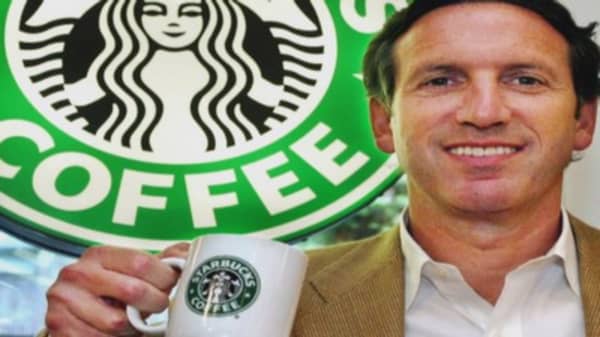Chairman and CEO, Starbucks
Born: July 9, 1953, Brooklyn, N.Y.
Education: Bachelor's in communications, Northern Michigan University
Howard Schultz is the Ray Kroc of his generation. He took an American standard, a cup of coffee, and like Kroc with hamburgers, made it uniform and ubiquitous — standardized fast food consumed in reassuringly familiar surroundings. But whereas Kroc sought to make McDonald's burgers a cheap eat, Schultz saw that Starbucks' coffee could be sold at a premium if staged with the right experience. That insight was instrumental in creating a $15 billion market for specialty coffee in the U.S. alone.
The cultural impact of Starbucks shops has been immense. His American repackaging of the Italian café has become more than a symbol of American consumerism (to add to McDonald's and Coke) but arguably the first international symbol of globalized consumerism









































